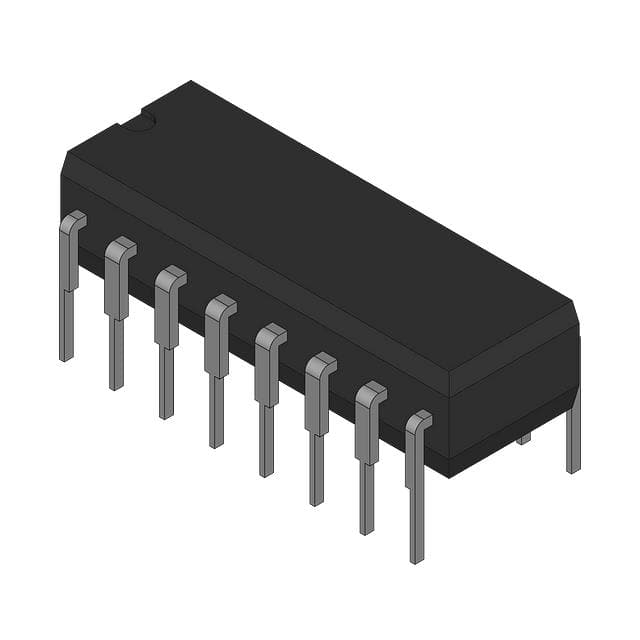National Semiconductor 96101PC
- 96101PC
- National Semiconductor
- NAND GATE, TTL, PDIP14
- Logic - Gates and Inverters
- 96101PC Datasheet
- -
- Cut Tape (CT)
-
 Lead free / RoHS Compliant
Lead free / RoHS Compliant - 23889
- Spot Inventory / Athorized Dstributor / Factory Excess Stock
- 1 year quality assurance 》
- Click to get rates
| Part Number 96101PC |
| Category Logic - Gates and Inverters |
| Manufacturer National Semiconductor |
| Description NAND GATE, TTL, PDIP14 |
| Package Cut Tape (CT) |
| Series - |
| Features - |
| Voltage - Supply - |
| Operating Temperature - |
| Mounting Type - |
| Package / Case - |
| Supplier Device Package - |
| Number of Circuits - |
| Number of Inputs - |
| Current - Output High, Low - |
| Current - Quiescent (Max) - |
| Logic Type - |
| Max Propagation Delay @ V, Max CL - |
| Logic Level - Low - |
| Logic Level - High - |
| Package_case - |
96101PC Guarantees



• Prompt Responsiveness
• Guaranteed Quality
• Global Access
• Competitive Market Price
• One-Stop support services of supply chain
Jinftry, Your most trustworthy component supplier, welcome to send us the inquiry, thank you!
Do you have any questions about 96101PC ?
Feel free to contact us:
+86-755-82518276
+8615019224070, annies65, +8615118125813
568248857, 827259012, 316249462
+8615019224070, +8615118118839, +8615118125813
( Email first will be appreciative )




















